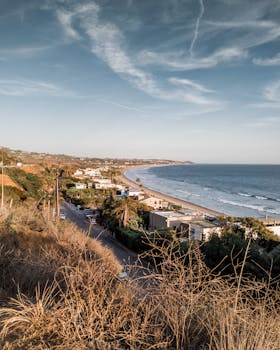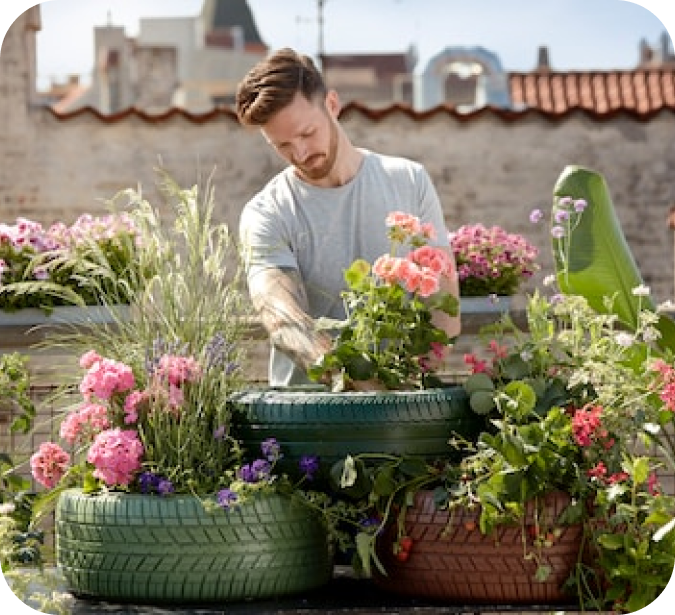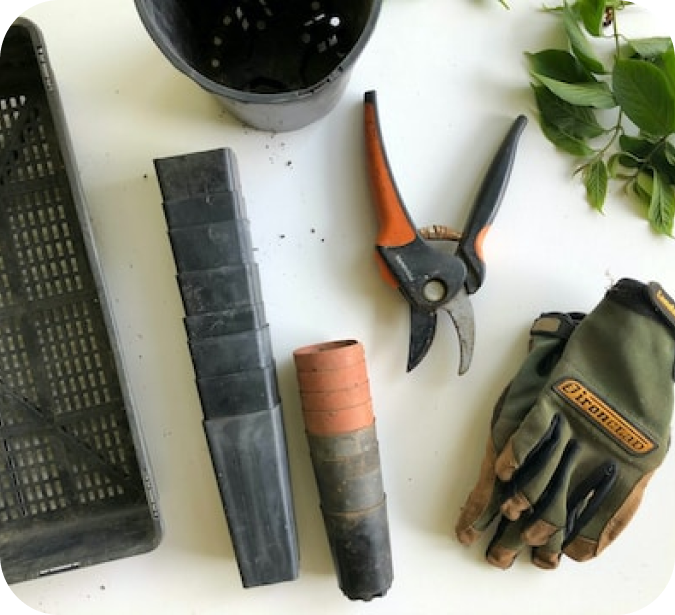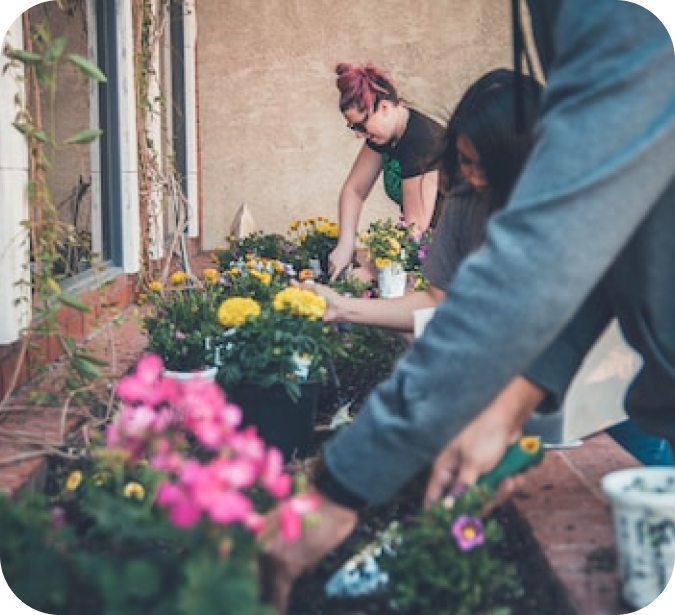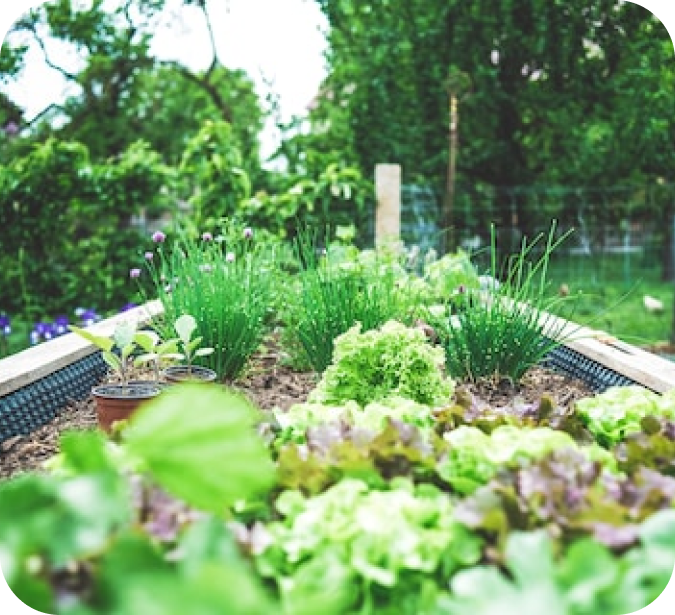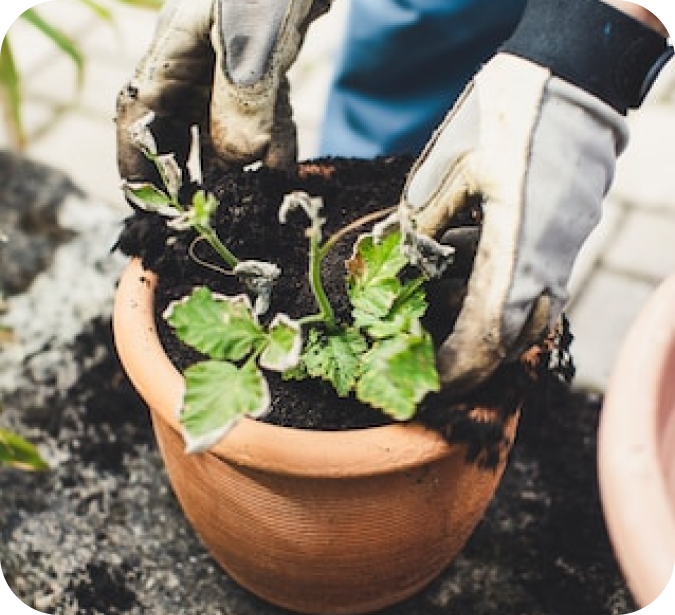“Transform Your Surfside Retreat: Coastal Landscaping Ideas for Breathtaking Beachfront Beauty”
Introduction
Nestled along the picturesque shores of Surfside Beach, coastal homes offer a unique opportunity to blend natural beauty with creative landscaping. Coastal landscaping is not just about aesthetics; it’s about creating a harmonious environment that complements the serene ocean views and withstands the challenges of a seaside climate. From salt-tolerant plants to innovative hardscaping solutions, the right landscaping can transform a beachside property into a tranquil oasis. Whether you’re looking to enhance your home’s curb appeal or create a private retreat, these coastal landscaping ideas are perfect for Surfside Beach homes, offering inspiration to embrace the coastal charm while ensuring sustainability and resilience against the elements.
Sustainable Plant Choices For Surfside Beach Gardens
When it comes to designing a garden for your Surfside beach home, the key is to embrace the natural beauty of the coastal environment while ensuring sustainability. The unique climate and soil conditions of beachside areas present both challenges and opportunities for gardeners. By selecting the right plants, you can create a stunning landscape that not only thrives in the salty air and sandy soil but also contributes to the local ecosystem.
To begin with, native plants are an excellent choice for any coastal garden. These plants have adapted to the local climate and soil conditions, making them more resilient to the challenges posed by the beach environment. For instance, sea oats are a popular choice for their ability to stabilize sand dunes and prevent erosion. Their graceful, swaying stalks add a touch of elegance to any garden while serving a crucial ecological function. Similarly, the use of native grasses like muhly grass can add texture and movement to your landscape, creating a dynamic visual effect that mimics the natural surroundings.
Transitioning from grasses to flowering plants, consider incorporating beach-friendly perennials such as blanket flowers and seaside goldenrod. These vibrant blooms not only attract pollinators like bees and butterflies but also provide bursts of color that can brighten up your garden throughout the growing season. Moreover, their drought-tolerant nature means they require less water, aligning perfectly with sustainable gardening practices.
In addition to native plants, succulents and cacti are excellent choices for a coastal garden. Their ability to store water makes them ideal for the often dry and windy conditions found near the beach. Varieties such as agave and prickly pear cactus can add a sculptural element to your garden, offering a striking contrast to the softer textures of grasses and flowers. Furthermore, these plants require minimal maintenance, allowing you to enjoy your garden without the need for constant upkeep.
As you plan your garden, it’s also important to consider the use of ground covers. These low-growing plants can help reduce soil erosion and suppress weeds, making them a practical addition to any landscape. Options like creeping thyme or beach strawberry not only fulfill these functional roles but also add a lush, green carpet that enhances the overall aesthetic of your garden.
Incorporating sustainable practices extends beyond plant selection. Consider using organic mulch to retain moisture and improve soil health. Mulch not only helps conserve water but also provides a neat, finished look to your garden beds. Additionally, implementing a rainwater harvesting system can further reduce your environmental impact by providing a natural source of irrigation for your plants.
Finally, as you design your coastal garden, think about how you can create habitats for local wildlife. Installing bird feeders or bird baths can attract a variety of species, adding life and movement to your garden. By providing food and water sources, you contribute to the preservation of local biodiversity, creating a harmonious balance between your garden and the surrounding environment.
In conclusion, creating a sustainable garden for your Surfside beach home involves thoughtful plant selection and eco-friendly practices. By choosing native plants, drought-tolerant species, and incorporating elements that support local wildlife, you can design a landscape that is not only beautiful but also environmentally responsible. Embrace the natural beauty of the coast, and let your garden become a reflection of the stunning environment that surrounds it.
Designing Outdoor Living Spaces With Ocean Views
Designing outdoor living spaces with ocean views at Surfside Beach homes is an exciting endeavor that combines the natural beauty of the coastline with the comfort and functionality of modern living. The key to creating a harmonious outdoor space lies in embracing the unique characteristics of the coastal environment while ensuring that the design complements the stunning ocean vistas. To achieve this, it is essential to consider several elements that will enhance the overall aesthetic and usability of the space.
First and foremost, selecting the right materials is crucial. Coastal environments are often harsh, with salty air and strong winds that can take a toll on outdoor furniture and structures. Therefore, it is advisable to choose materials that are both durable and resistant to the elements. Teak, cedar, and eucalyptus are excellent choices for outdoor furniture, as they are naturally resistant to moisture and decay. Additionally, incorporating weather-resistant fabrics for cushions and upholstery will ensure longevity and comfort.
Transitioning from materials to layout, it is important to design the space in a way that maximizes the ocean views. Arranging seating areas to face the water allows residents and guests to fully appreciate the scenery. Consider using low-profile furniture that does not obstruct the view, and opt for glass railings instead of traditional wooden ones to maintain an unobstructed sightline to the ocean. Furthermore, creating multiple seating areas can cater to different activities, such as dining, lounging, or entertaining, while still keeping the focus on the breathtaking views.
Incorporating natural elements into the design is another effective way to blend the outdoor space with its coastal surroundings. Native plants and grasses not only thrive in the salty air and sandy soil but also add texture and color to the landscape. Sea oats, beach grass, and coastal rosemary are excellent choices that require minimal maintenance and provide a sense of place. Additionally, using natural stone or shell pathways can enhance the organic feel of the space while providing practical walkways.
Lighting is another critical component in designing outdoor living spaces with ocean views. Thoughtfully placed lighting can create a warm and inviting atmosphere, allowing the space to be enjoyed both day and night. Consider using solar-powered lights to illuminate pathways and highlight key features of the landscape. String lights or lanterns can add a touch of whimsy and romance, perfect for evening gatherings or quiet nights under the stars.
Moreover, incorporating elements of shade and shelter is essential for comfort and usability. Pergolas, umbrellas, or retractable awnings can provide much-needed relief from the sun while still allowing for an open and airy feel. These structures can also serve as a framework for climbing plants, adding an extra layer of greenery and charm to the space.
Finally, personal touches can make the outdoor living area truly unique and reflective of the homeowner’s style. Whether it’s a collection of seashells gathered from the beach, a custom-built fire pit for cozy evenings, or a hammock for lazy afternoons, these elements add character and warmth to the space.
In conclusion, designing outdoor living spaces with ocean views at Surfside Beach homes involves a careful balance of materials, layout, natural elements, lighting, and personal touches. By thoughtfully considering each of these aspects, homeowners can create a beautiful and functional outdoor oasis that seamlessly integrates with the stunning coastal environment.
Erosion Control Techniques For Coastal Landscapes
Living by the coast offers a unique blend of beauty and challenge, especially when it comes to landscaping. The allure of Surfside Beach homes is undeniable, with their stunning ocean views and the soothing sound of waves crashing against the shore. However, the very elements that make coastal living so appealing also pose significant challenges, particularly in terms of erosion control. As a homeowner, it’s essential to adopt landscaping techniques that not only enhance the beauty of your property but also protect it from the relentless forces of nature.
One of the most effective ways to combat erosion is by incorporating native plants into your landscape design. Native plants are naturally adapted to the local climate and soil conditions, making them more resilient to the harsh coastal environment. Their deep root systems help stabilize the soil, reducing the risk of erosion. Consider planting sea oats, beach grass, or salt-tolerant shrubs like wax myrtle and yaupon holly. These plants not only provide a natural barrier against wind and water erosion but also add a touch of greenery and texture to your landscape.
In addition to native plants, the strategic use of hardscaping elements can play a crucial role in erosion control. Retaining walls, for instance, can be both functional and aesthetically pleasing. Constructed from materials like stone or concrete, these walls help hold back soil and prevent it from washing away during heavy rains or high tides. When designing retaining walls, it’s important to ensure proper drainage to avoid water buildup, which can lead to further erosion or structural damage.
Another effective technique is the creation of terraces on sloped areas of your property. Terracing involves leveling sections of a slope to create flat areas, which can then be planted with erosion-resistant vegetation. This not only helps slow down water runoff but also provides additional space for gardening or outdoor activities. The key to successful terracing is to ensure that each level is properly supported and that water is directed away from the house and other structures.
Mulching is another simple yet powerful tool in the fight against erosion. By covering the soil with a layer of organic material such as wood chips, straw, or pine needles, you can help retain moisture, reduce runoff, and protect the soil from the impact of raindrops. Mulch also adds nutrients to the soil as it decomposes, promoting healthy plant growth.
While these techniques are effective, it’s important to remember that erosion control is an ongoing process. Regular maintenance and monitoring are essential to ensure that your landscaping efforts continue to protect your property. This might involve replenishing mulch, trimming overgrown plants, or repairing damaged hardscaping elements.
In conclusion, coastal landscaping requires a thoughtful approach that balances aesthetics with functionality. By incorporating native plants, utilizing hardscaping elements, creating terraces, and applying mulch, you can effectively manage erosion while enhancing the natural beauty of your Surfside Beach home. Embracing these techniques not only safeguards your property but also contributes to the overall health of the coastal ecosystem. As you enjoy the breathtaking views and tranquil ambiance of your beachside retreat, you can take comfort in knowing that your landscape is both beautiful and resilient.
Conclusion
Coastal landscaping for Surfside Beach homes should focus on enhancing the natural beauty of the seaside environment while providing functionality and resilience against coastal conditions. Key elements include using native and salt-tolerant plants, such as sea oats, beach grass, and succulents, which thrive in sandy soils and salty air. Incorporating hardscaping features like driftwood, pebbles, and weathered stones can add texture and interest while requiring minimal maintenance. Additionally, creating outdoor living spaces with decks, patios, and seating areas allows homeowners to enjoy ocean views and breezes. Sustainable practices, such as rain gardens and permeable paving, help manage stormwater runoff and protect the coastal ecosystem. Overall, the ideal coastal landscape for Surfside Beach homes balances aesthetics, sustainability, and practicality, creating a serene and inviting outdoor space that complements the natural surroundings.


